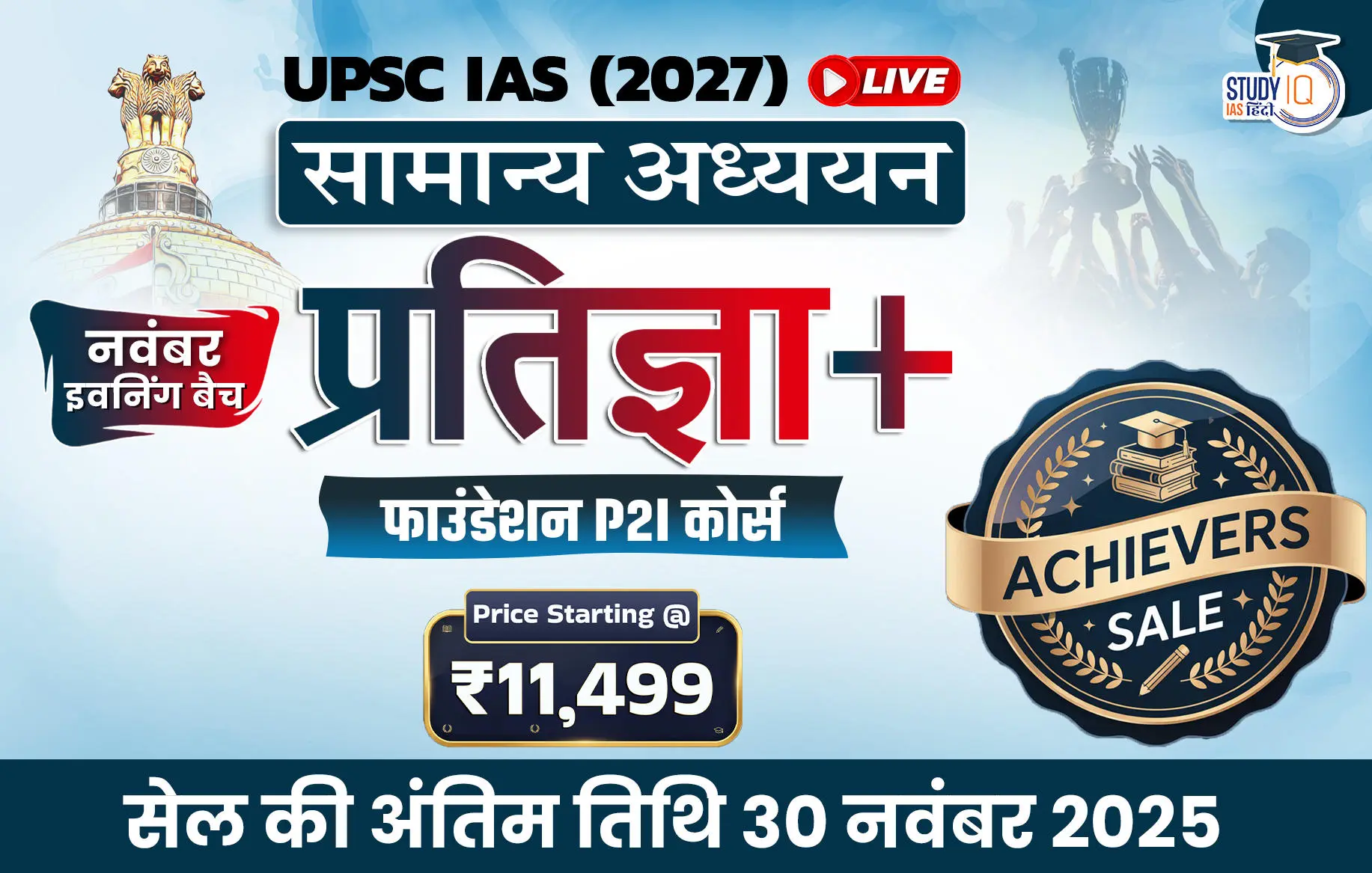Q5. What are non-farm primary activities? How are these activities related to physiographic features in India? Discuss with suitable examples.(10 Marks,150 Words)
| Approach |
| Begin by defining non-farm primary activities and distinguishing them from agriculture.
In the body, discuss major activities—fishing, forestry, mining, animal husbandry, and salt production—and relate each to the relevant physiographic regions of India (coasts, plateaus, Himalayas, plains, deserts). Support with specific regional examples like Hilsa in Hooghly, teak in Madhya Pradesh, coal in Jharkhand, camel rearing in Rajasthan, and salt in Rann of Kutch. Conclude by highlighting their role in diversifying the rural economy and the need for sustainable management. |
Non-farm primary activities are those economic activities that directly use natural resources but are not linked to agriculture. They form the primary sector, yet are distinct from farming. Major activities include Fishing & Pisciculture, Mining & Quarrying and Forestry & Lumbering etc.
Non-Farm Primary Activities in India and relation to physiographic features of India:
-
Fishing
-
-
- Marine fishing: Widespread along India’s long coastline of 7,516 km.
- The Western Coast (Kerala, Karnataka, Maharashtra) benefits from nutrient-rich upwelling waters and estuaries,
- The Eastern Coast (Andhra Pradesh, Tamil Nadu, Odisha) supports fishing in deltas of the Godavari, Krishna, and Mahanadi.
- Inland fishing: Common in rivers, reservoirs, and ponds of the Ganga-Brahmaputra plains, tanks of Andhra Pradesh, and beels of Assam.
- E.g., in riverine and delta regions like West Bengal (Hilsa in Hooghly) and Bihar (Ganga basin fish farming).
- Marine fishing: Widespread along India’s long coastline of 7,516 km.
-
-
Forestry and gathering
-
-
- Himalayan Region: Dense coniferous forests in Jammu & Kashmir, Himachal Pradesh, and Uttarakhand support timber, resin, and medicinal herbs.
- Central India and Western Ghats: Tropical deciduous forests in Madhya Pradesh, Chhattisgarh, Odisha, and Maharashtra provide teak, sal, and bamboo.
- North-East India: Evergreen forests in Arunachal Pradesh and Nagaland yield cane, bamboo, and lac.
- Tribal communities in forests practice collection of minor forest produce like honey, gum, lac, tendu leaves (used for bidi-making), and medicinal plants.
-
-
Mining and Quarrying
-
-
- Peninsular Plateau: Rich in mineral deposits due to its ancient geological structure.
- Jharkhand, Odisha, Chhattisgarh: Coal, iron ore, bauxite.
- Karnataka, Goa: Manganese and iron ore.
- Himalayan belt: Limited deposits such as copper, lead, and zinc in Uttarakhand and Sikkim.
- Western India: Limestone and gypsum in Rajasthan, essential for cement industry.
- Peninsular Plateau: Rich in mineral deposits due to its ancient geological structure.
-
-
Animal Husbandry and Pastoralism
-
- Arid and semi-arid regions: Rajasthan (camel rearing in Thar desert), Gujarat (Kutch – sheep & goats) due to scarce rainfall and grazing land.
- Himalayan pastures: Transhumance practices (e.g., Gaddis of Himachal, Bhotiyas of Uttarakhand) are linked to seasonal movement between summer and winter pastures.
- Alluvial plains: Cattle and buffalo rearing are significant in the Ganga plains due to abundant fodder and water.
- Salt Production: Coastal arid physiography (Rann of Kutch, Gujarat) supports salt production from sea water.
Thus, non-farm primary activities, rooted in India’s diverse physiography, play a vital role in sustaining livelihoods and strengthening the rural economy. Their sustainable utilization is essential for long-term ecological balance and inclusive development.

 UPSC EPFO Answer Key 2025 Out (Unofficia...
UPSC EPFO Answer Key 2025 Out (Unofficia...
 UPSC EPFO Question Paper 2025 PDF Downlo...
UPSC EPFO Question Paper 2025 PDF Downlo...
 UPSC EPFO Admit Card 2025 Out @ upsc.gov...
UPSC EPFO Admit Card 2025 Out @ upsc.gov...

























